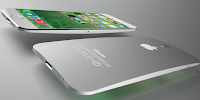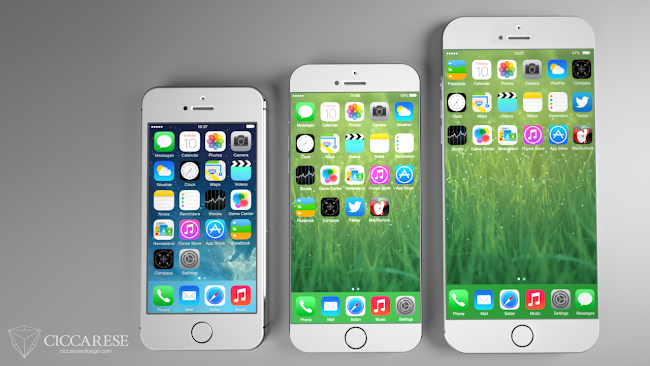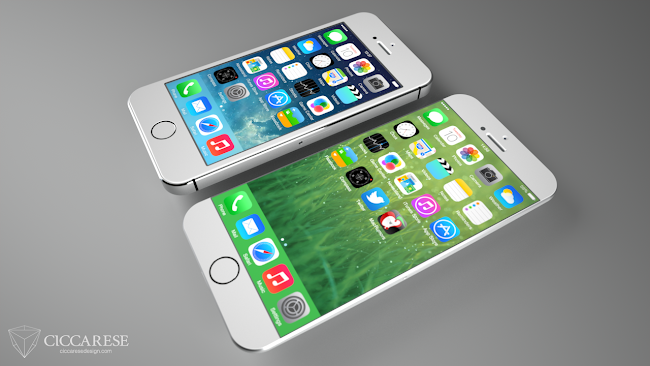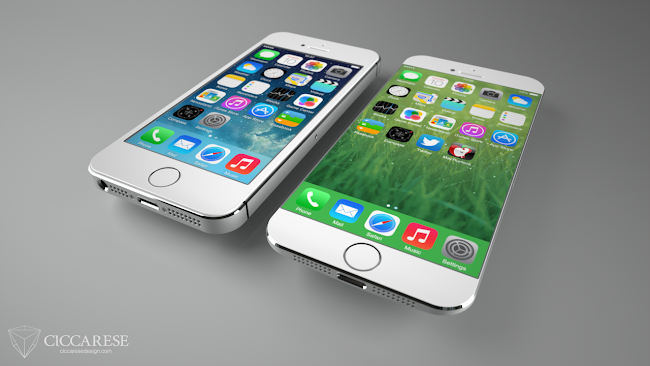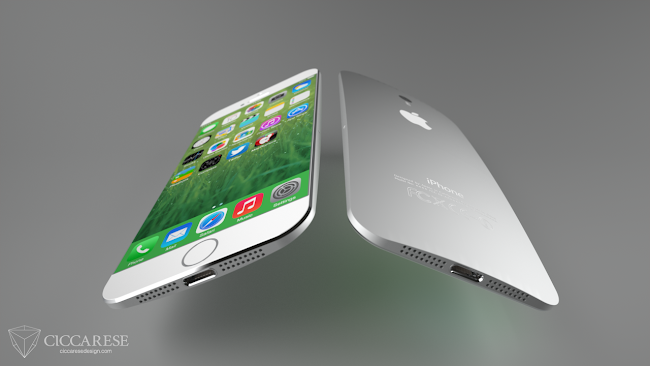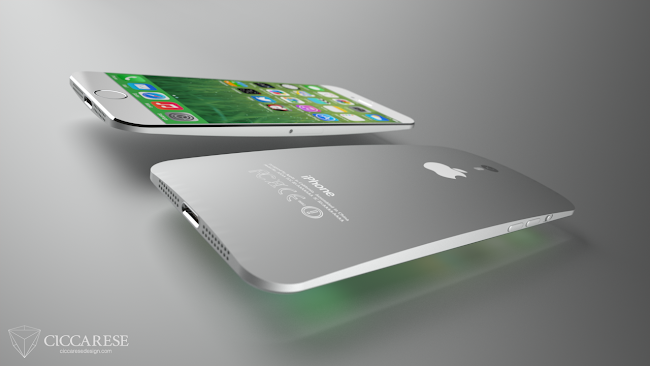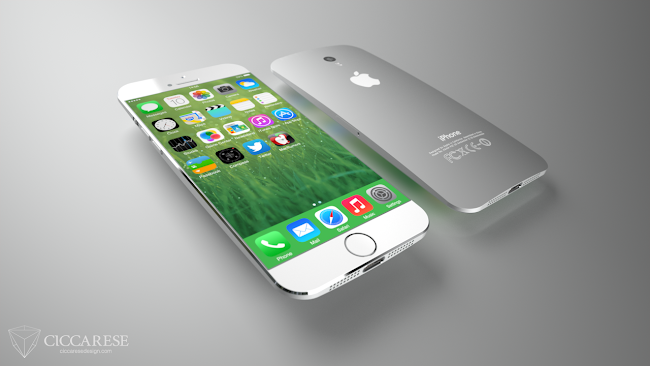According to iTechWhiz, conversations about the 8th edition of iPhone are booming across social media networks. And the conversation is being driven by Apple’s “5 years advance Research and Development road-map,” which stipulates that the iPhone 8 (if it’s called that) should already be in development.
Although we can’t rip up any actual spec information on the iPhone 8, iTechWhiz has come up with best-guesses for features and release dates based on previous iPhone models.
If you look at the history and product life cycle of the iPhone, we can expect the iPhone 8 to grace us with its presence somewhere near to the end of 2015, exactly three years after the release of the iPhone 5.
By 2015 Apple would have been able to improve on current bug-bears, like the quality of the phone’s signal, and amp up positive features like the retina display, and memory.
Of course, two years is an eon in consumer gadget timeframes, but here are a few things that could be part of an i8 design.
Flexible sceen
A9 processing chip
32MP back camera and 1080 pixel HD video recording as well as a 8MP front camera.
5G network
Flicking files into other peoples phones.
Wireless charging
Apple iOS 10 operating software
Next generation Siri
Apple gets greener. A phone that reduces use of carbon emissions with future mobile means of shopping.
Of course, none of this will matter if Apple doesn’t tackle a few more immediate concerns, including a critical need to overhaul iOS
Read more: http://www.2oceansvibe.com/2013/04/29/apples-5-year-plan-imagining-the-iphone-8-pics/#ixzz2v2oGQAJ4
